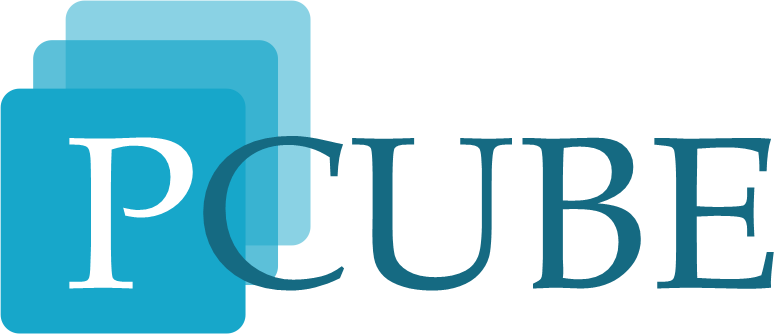
MEDICAL BILLING

Because of wrong transcription it directly affect the status & reimbursement of the Provider, Which is why its better to choose the right company for a right value in business.
As a healthcare service provider, you will probably agree that keeping costs low and increasing profits is a continuous challenge. Every year, the cost of providing quality healthcare increases dramatically, while the benefits paid by Medicare and other health plans remain the same.
With the continuous tightening of labor markets and rising salary requirements, maintaining a reliable staff has become one of the most expensive aspects of running a business. It is for these reasons that an increasing number of healthcare facilities are outsourcing their transcription needs
THE PROCESS
Once you dictate the file its placed in the FTP server and we download it from there. Within 24 hours of receiving your dictation, our team of highly skilled transcriptionists and proofreaders process your dictation into letter-perfect text. Your reports are electronically sent to you or placed back in FTP & get it attach to respective patient account. In emergency cases, we can even shorten the turnaround time, print out the transcription in our office and fax a copy to you and/or to the referring hospital.
HIPPA
OUR PRODUCTS & SERVICES ARE GEARED TO MEET THE INCREASING SECURITY NEEDS. WE HAVE HIPAA COMPLIANT SYSTEMS AND USE THE LATEST SECURITY PROCEDURES TO ENSURE COMPLETE SAFETY & PRIVACY.
All PCUBE employees are required to sign a confidentiality / non-disclosure agreement.
Highlights:
01
LOW COST
02
FASTER TAT
03
PROMPT SERVICE
04
EASY TO USE
05
GREAT QUALITY
06
FREE TRIAL
07
ARCHIVES
08
SECURITY
